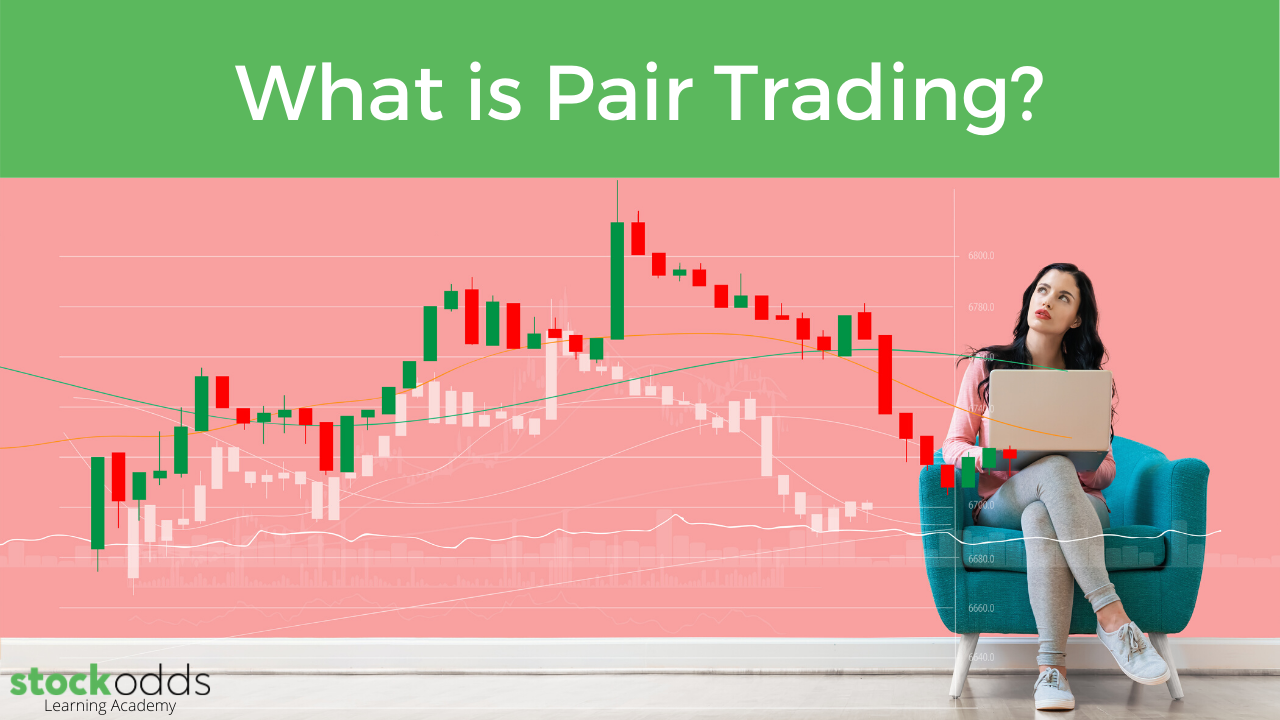What is Pair Trading?
May 26, 2020
The concept of pairs trading, or relationship-based trading, comes from Morgan Stanley, where a group of researchers first developed the strategy in the 1980s. Simply put, pairs trading requires you to match a long position against a short position on a pair of stocks that are highly cointegrated. There may also be high correlation as they track together through market fluctuations. Once you find the some great pairs to trade, it can be a very effective trading strategy, insulating you from the market gaps, reversals and overall volatility, but tracking, executing and managing the combinations takes knowledge, time, skill, historical and current data.
Benefits of pair trading
Relationship-based trading helps to identify probability and predictability. Volatility increases your chances to take trades over and over again increasing production on a pair or portfolio of pairs. You may be able to identify the leading stock and the stock that lags. This will assist in execution as you will know which stock to watch for leadership.
Pair Trading can be utilized to harvest the noise, take advantage of events or conduct a post-event trade. You can trade a gap or pursue relative strength. To be market neutral throughout those opportunities helps the trader actually “seize the day”, reducing fear and working with a level of confidence.
We have witnessed new traders diving into pairs with remarkable benefit in terms of not getting shaken out of a trade needlessly, staying with a profitable trade longer and being able to “swing” the trade from one time frame to another with less interference by Mr. Market.

Long vs Short Positions
To have an understanding of the process of pair trading, first we should address the mechanics of long positions and short positions. Long positions are where you buy a security with the belief that its price will rise over time, known as a Long Bias.
A long position is started when you buy a stock at a given price, on the premise that you will sell the security at a later time for a higher price. The time taken while holding the stock, in between buying
and selling, can range from seconds, minutes, hours, days or longer.
On the other hand, a short position is where you sell a security with the expectation to buy it back at a lower price. You are borrowing the stock from your broker to sell it at your desired price, and at some point, you will buy back the stock which gets returned to the lender. You profit if your buy price is less than what you sold it for. Having the belief that you can profit from a short trade is having a Short Bias.
Start Trading with Odds
Get access to the Seasonality Almanac Dashboard, as well as 1 basic course, for free!

